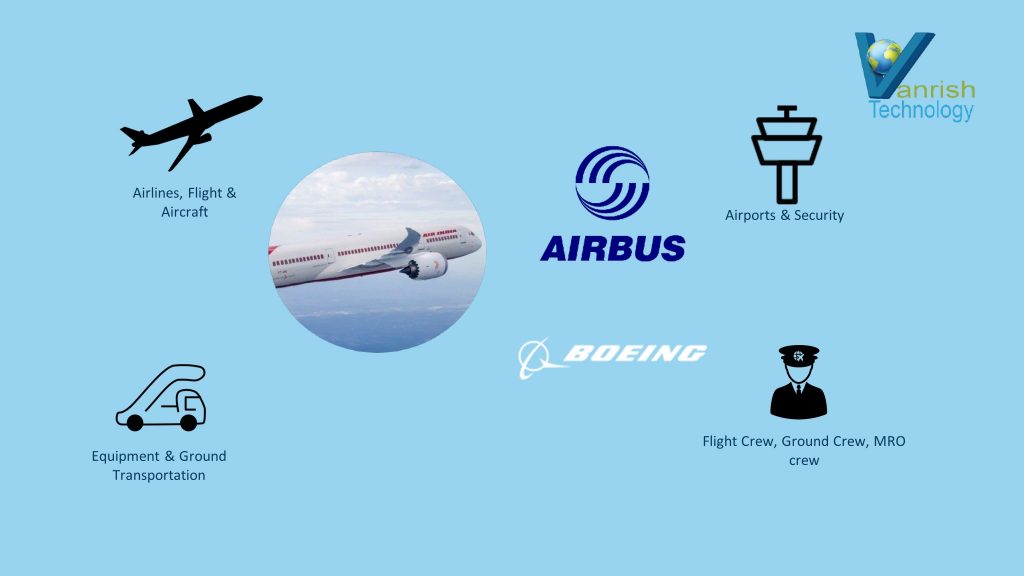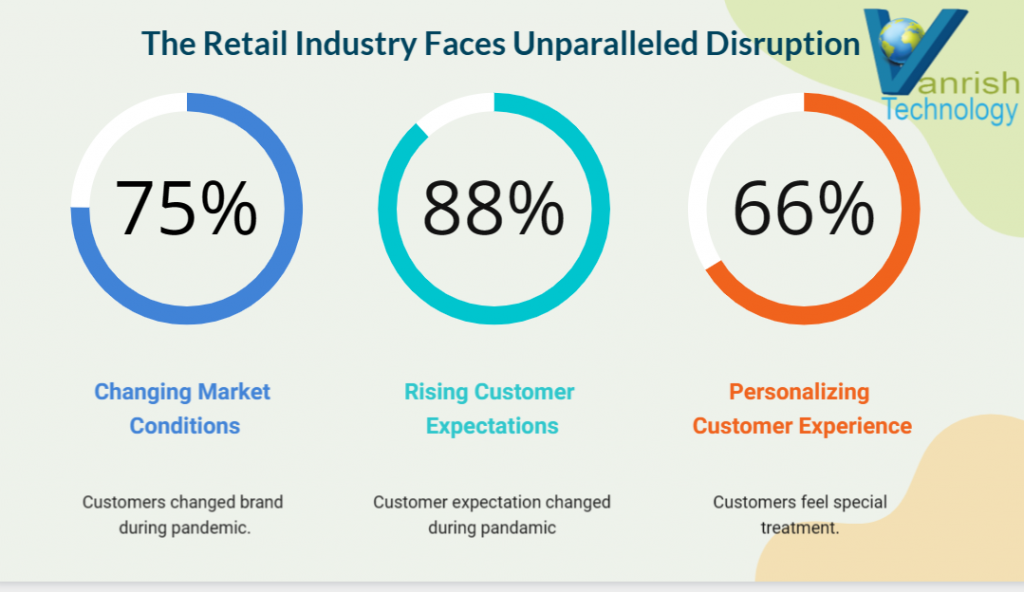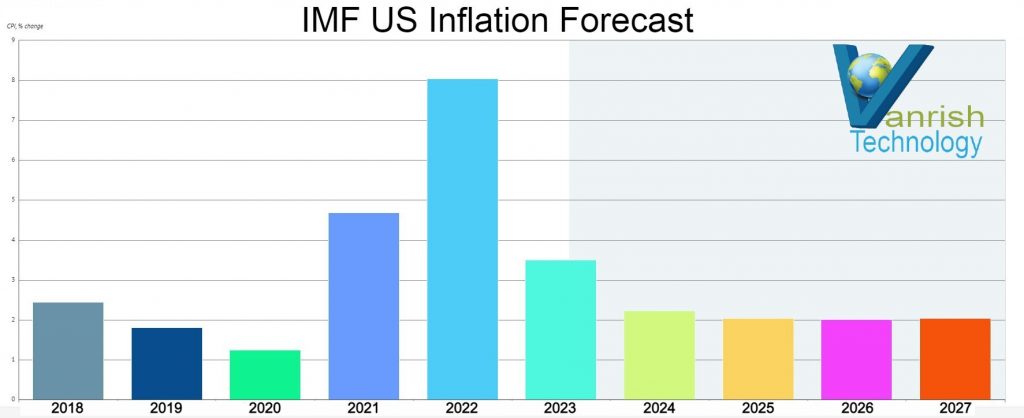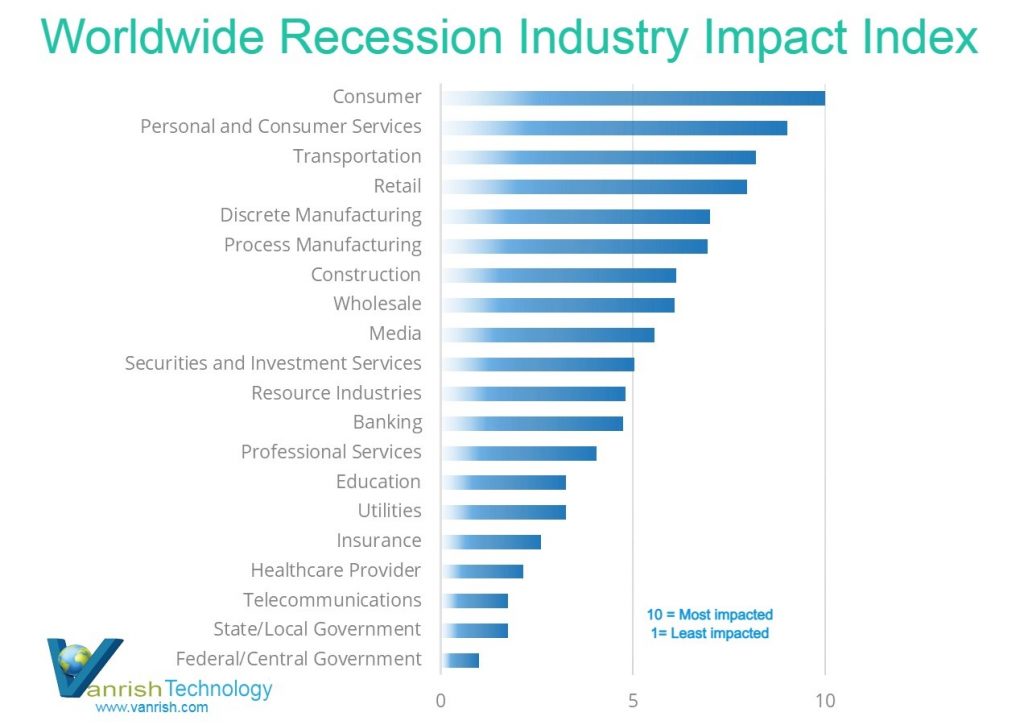The COVID-19 pandemic caused total disruption in the airline industry. The aviation sector struggled to survive, with 80 percent of flights canceled during the pandemic. Whole travel & hospitality industries were struggling with pandemic slowdown. Before the revival from pandemic Russia-Ukraine war affected the aviation industries. Oil and maintenance price increased which reduced profit margin for aviation sector. So many routes got canceled or restructured airline routing. On top of that, Airlines canceled thousands of flights as a massive winter storm and bitter cold swept the U.S., which directly impacted airlines revenue. Remote work is also impacting aviation industries. Most company travel related work reduces tremendously and it is directly impacting aviation industries.
This disruption directly impacted airlines manufacturers and supporting industries. Aviation Modernization getting impacted with these aviation disruption. Budget cuts are also slowing down digital transformation of airlines industries. Aviation industry leaders were expecting recovery would be very long and it would change forever.
But in the economic slowdown and pandemic affected aviation industries, Air India deal with Boeing and Airbus came with new hope for aviation industries. This deal will help to re-energize and rejuvenate whole aviation industries. This deal is going to impact at least 3 continents and will generate millions of job opportunities. This will help to stop the economic slowdown and restart the economic engine. Air India is going to buy 460 aircraft from two main aircraft manufacturers. This is the 2nd largest aircraft order in the history of global aviation. It is called the mother of all deals in aircraft industries. Total list price for these deals are approx. 80 billion dollars. These deals are splitted between two aircraft manufacturers, Boeing and Airbus. Boeing is providing a total 220 aircraft and Airbus will deliver 240 aircrafts. This mega deal is so huge that it is elevating India’s image and putting India as a bright spot in the whole world economy.

Now lets see how this deal is going to affect the Aircraft Manufacturer, Airlines and Airport sector.
- Parts traceability for Airbus and Boeing – Boeing Aircraft parts manufacturers spread across approx. 3 North America countries and 44 US states. Similarly Airbus parts manufacturers are spread across approximately 10 European countries. This will lead to generating millions of jobs in these places but the big challenge is to manage part traceability and assembly of these parts. Materials management team picks and packs parts into kits to be delivered to the parts assembly working area in the aircraft factory. Create a robust system for real-time visibility of these parts for quick collaboration and decisions.
- Certification Compliances traceability – Each small aircraft part is a very critical item for aircraft assembly. All these parts need to be certified with the external Federal Aviation Administration (FAA) for US and European Union Aviation Safety Agency (EASA) for European countries. Tracing and management of these certifications is one of the most important activities for Aircraft industries. This system should be highly visible and audited for aircraft safety.
- Cross Team Visibility and Collaboration – A lot of people, both external and internal are working for one aircraft. It also involves a number of systems and processes to deliver one aircraft. People, systems and processes need to come together to deliver and maintain aircraft. This whole collaboration needs to be highly transparent and visible to deliver aircraft efficiently.
- Delivery and Service – Safety and documentation is a very important activity for any aircraft delivery. All steps and processes need to be properly documented and executed through respective teams. Any of these missing steps/processes lead to delayed aircraft delivery.
This mega deal will generate all kinds of job opportunities within India and across the world wherever Air India will fly. This deal will also impact the Air India system and process.
- Airlines Route management – More aircraft for airlines, more robust and transparent route management system. Any of these systems delay airline operation. You also need to collaborate with your partner airlines route for high profit margin. These systems and processes need more people across the world wherever Air India airlines will fly. Digital transformation will also help to transparent the whole system and increase operational efficiency.
- Aircraft Maintenance and parts management – Aircraft maintenance and part management is a big challenge for airlines. Like Air India buying more aircraft it will need a more transparent maintenance system/tracking, people and airlines hubs. Airlines also need large hangers to maintain their aircraft.
- Employee management and experience – More aircraft, more routes and more employees to manage the whole airline system. This includes more corporate employees, In flight crews and ground maintenance associates recruitment, onboarding & retention.
An airport is a massive business and has many verticals on its own. An airport as not just the spaces you see, such as departure, arrivals hall, duty free, security, etc. but an airport is a complex organization with many parties coming and going, the airport, retailers, service providers on the airside, the airlines, the cargo & warehousing spaces, aircraft MRO, fueling, as well as day authorities such as air traffic control, customs for people & Cargo, security, fire & emergency services, etc.
Since Air India is increasing its fleet , It will also impact airport operation and process. It will bring more opportunities to the airport.
- Efficient passenger process – Airport customer service, passport control, boarding/arrival, airport gate management comes in this category. It will be heavily impacted with more flights from Air India.
- Airport Safety, Security and health management – With this deal, more travelers will arrive and depart from the airport. To keep airports safe and secure, airports need more resources and their system transparent. They need to enable touchless solution to create perceived security around COVID-19
- Baggage operation – Baggage operation and management is also a very important process for airports. This process will also get heavily impacted with this new Aircraft purchase.
Rajnish Kumar, the CTO of Vanrish Technology, brings over 25 years of experience across various industries and technologies. He has been recognized with the “AI Advocate and MuleSoft Community Influencer Award” from the Salesforce/MuleSoft Community, showcasing his dedication to advancing technology. Rajnish is actively involved as a MuleSoft Mentor/Meetup leader, demonstrating his commitment to sharing knowledge and fostering growth in the tech community.
His passion for innovation shines through in his work, particularly in cutting-edge areas such as APIs, the Internet Of Things (IOT), Artificial Intelligence (AI) ecosystem, and Cybersecurity. Rajnish actively engages with audiences on platforms like Salesforce Dreamforce, World Tour, Podcasts, and other avenues, where he shares his insights and expertise to assist customers on their digital transformation journey.




